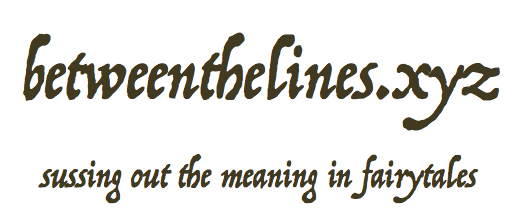Will the real Cinderella please stand up
We all know the story of Cinderella.
And if you’re a baby boomer, like me, the Disney version is probably the one you’re most familiar with.
There are other versions, of course, and if you go to the Cinderella Wikipedia page you’ll see that there are plenty of variants (from all different countries, cultures and eras) that most of us have never heard of.
Although they’re all different, the version you know best, or even the specific era you were born in, really doesn’t matter.
That’s because basic plot elements common to every one of those variants define a universal, but specific, “Cinderella” theme known as: the Persecuted Heroine.
Those common elements are:
- a persecuted heroine (naturally)
- villains / persecutors (a step-mother and step-sisters)
- a magical helper
- a wonderful ball with dancing, fine clothes, and a prince
- a curfew
- a unique identifying object
We can identify
When it comes to fairytales, or any story, it’s only natural for us to identify with the hero or heroine.
What woman, young or old, has never thought of herself as a stand-in for Cinderella?
What man, old or young, has never felt he would someday be that prince in search of “the perfect fit?”
This natural tendency to identify with the characters is how fairytales make their magic.
But what about those villains?
Nobody identifies with Cinderella’s mean step-mother and nasty step-sisters, do they?
Who would ever want to?
I don’t know about you, but I find their lack of empathy appalling.
And even if the, um, shoe fit, such boorish behavior isn’t something any of us would ever cop to.
But what if I told you that we are all Cinderella’s step-sisters?
That might sound like an insult, but it’s actually a critical perspective we’d do well to understand.
First of all, we weren’t born as those step-sisters. Man or woman, it’s an identity we grew into in the process of becoming adults.
More importantly, it’s not our fault.
It’s the fault of our Culture.
You see, the dominant milieu of thought and attitude we were all brought up in, taught to follow and fit in with—our Culture—is Cinderella’s step-mother.
Let me explain.
Nobody is Cinderella — but a part of us is
Each one of those plot elements common to the Cinderella story is metaphoric of something that we can identify—not just in our own lives, but in ourselves.
And the way to do this is to think metaphorically.
Our Culture, however, has taught us to not only avoid thinking metaphorically, but to disparage and persecute the part of us that has the power to do so.
This power, which we all have, is the real heroine of the Cinderella story.
This power is our own Intuition.
Metaphor is Magic
Even if we think we don’t have an Intuition, we all do.
Cinderella’s story is there to remind us of it.
It’s not only meant to tell us what happened to that Intuition, but explain just how we can find and rescue it.
Intuition just needs a magical helper.
But that, too, is a serious metaphor.
One we’d better figure out how to understand and identify.
And damned soon.
Cinderella’s got a curfew, after all.
